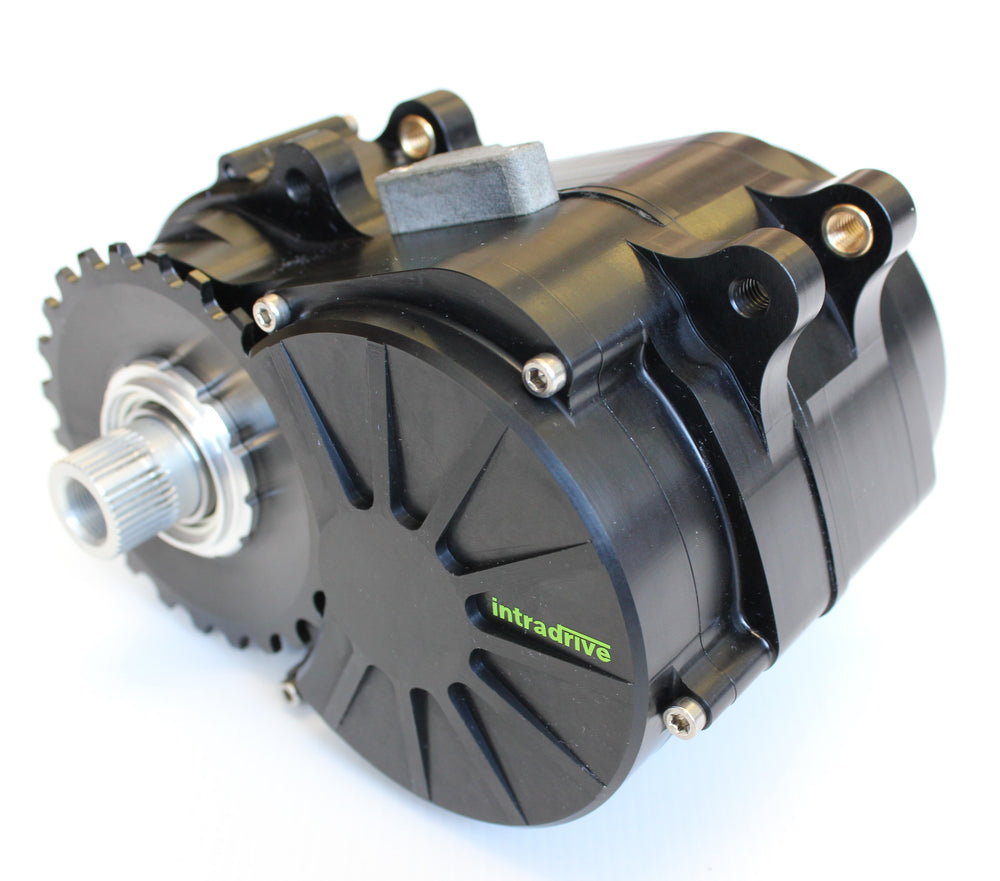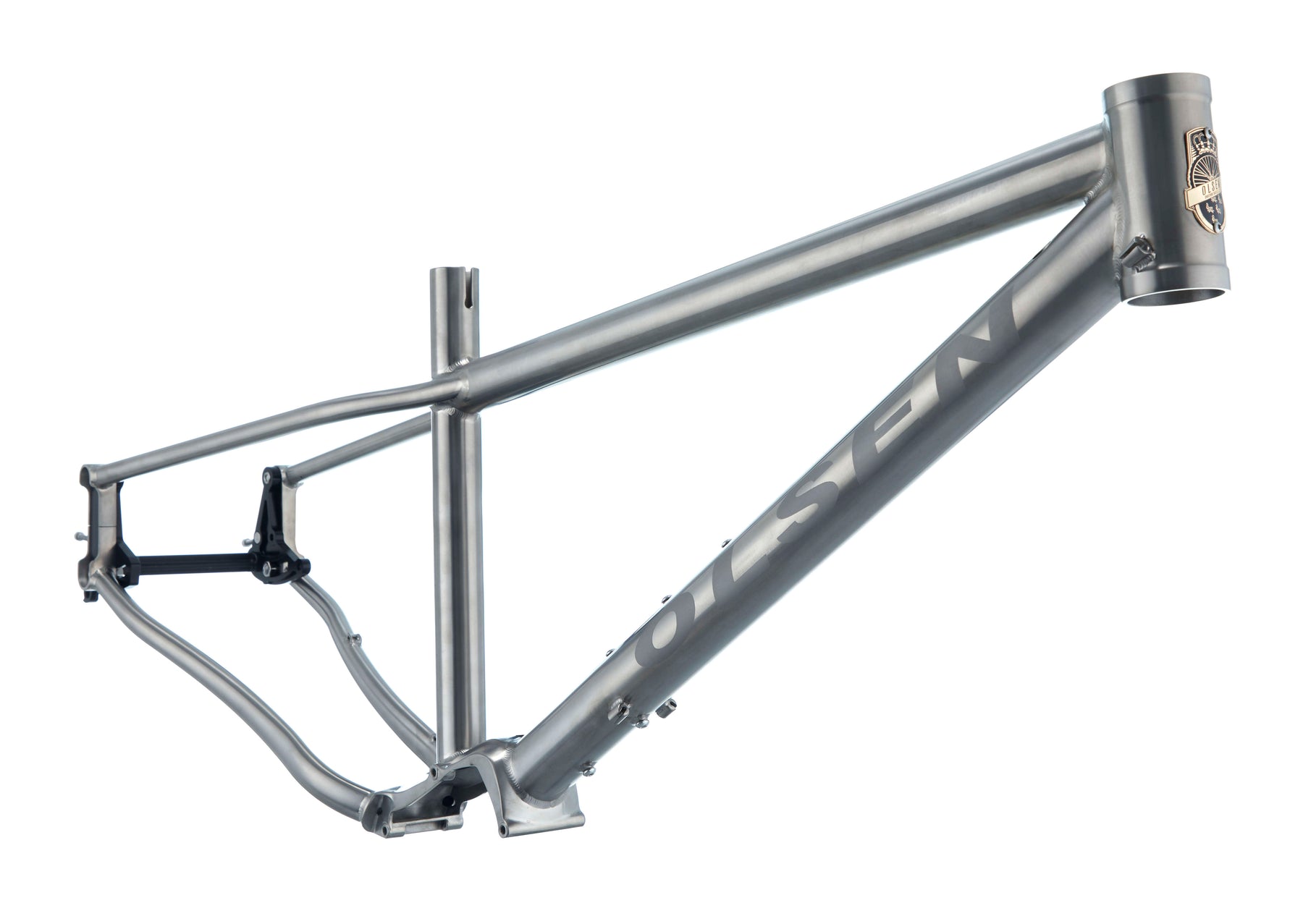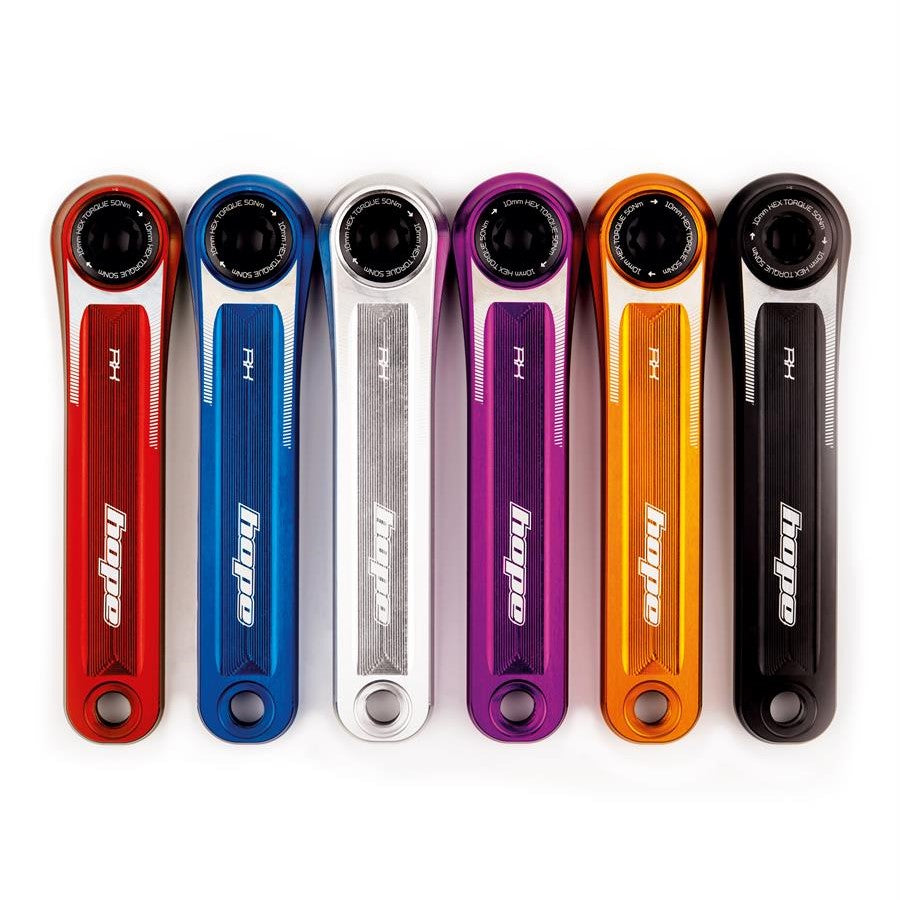
The NEED to design Belt-Drive Bicycles.
I have been singlespeeding (20+years) and have been riding belt-drive (singlespeed and Pinion) for the last 10 years. I was commuting 14mile, 7miles of which was off-road through a muddy forest. One 280foot hill climb on the way and one on the way back (sometimes two if I wanted some scenery). 28+miles per day soon adds up and I was getting super-fit. However my singlespeed chain drivetrain needed replacing several times throughout the year.
This lead me to trying a better drivetrain system — Gates belt-drive. I started designing bicycle frames that would take Gates CDX Carbondrive 10 years ago. I got some crazy chromoly steel frames made which are still going with no issues. My first belt-drive prototype frame did over 10,000 miles on one belt. I was super impressed. I have also tested other belt-drive efforts— but I do not think many other belt brands have got to MTB level like Gates.
There are several things to consider when designing a frame for belt-drive:
- A method to tension the belt.
- Splitting the frame to get the belt in.
- Frame stiffness
- Chainring and tyre clearance
Dropouts are a key part of bicycle design. There are a lot of things to consider with brake mount position and maxles etc. Making a tensioning system that is simple takes a lot of prototyping and testing. I settled on my Rocknrollout dropouts. A lot of other brands do not include tensioning systems for singlespeed, let alone belt-drive, which is a real shame.
Belts do not like any sideways frame twisting around the rear end. This is a big reason for going with a wide T47 x 92mm BB shell and maxles. This allows me to place the chainstays wider and this makes the BB area stiffer and gives more tyre clearance. There is also a tubular brace between the CS & Yoke.
Troubleshooting: IF a frame twists or the belt if not tight enough the belt will try to ramp to the side — and then drop down. I had this on some early steel prototype with no BB brace (for mud clearance) but I needed to add one for production.
Gates now recommend frames get tested for stiffness. Rohloff had issues with riders putting “adapting” or getting custom builders to build frames. There were a lot of forums with people modifying bikes with bad results and giving up or bad mouthing belt-drive. The industry has matured since then and Rohloff and Gates engineers have worked together.
This is what I heard from Rohloff and Gates 10 years ago…. This makes a clunk and Rohloff owners were thinking this is the Rohloff hub. They either opened an enquiry or thightend the belt. Rohloff and Gates investigated this and now offer support and advice on designing a frame.
It is a shame that there are not more frame designs out there that will accept Belt-Drive. Big brands are often chasing the next new “market” instead of looking at what riders really need. Note I have used the word “need” as opposed to “want”. Riders NEED low maintenance drivetrains and belt-drive offers this.
My take is as follows:
- It is hard to design a derailleur bike to work well as a belt drive.
- It is easier to design for belt and then get the derailleur system to work around that.




